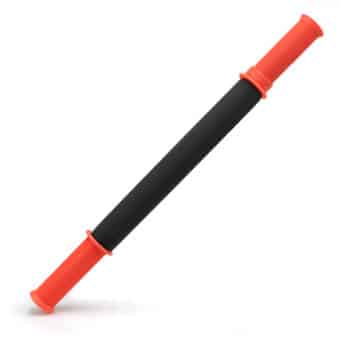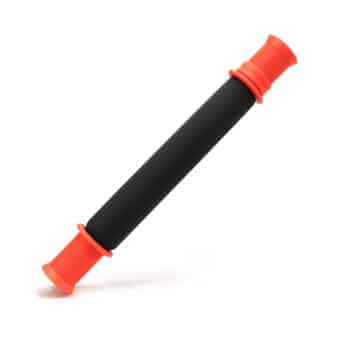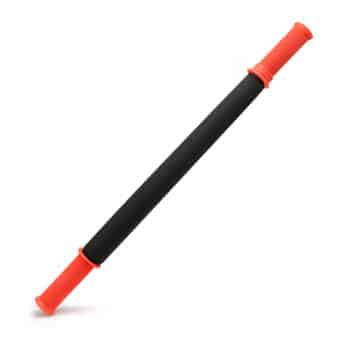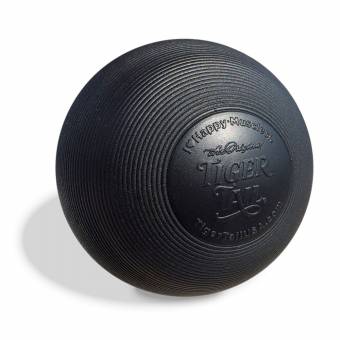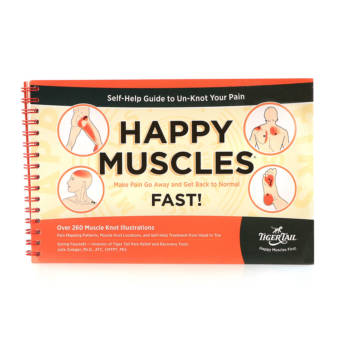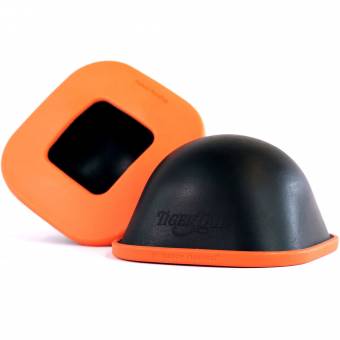Tools That Can Help Ease Quad Pain
Muscle Knots in Quadriceps
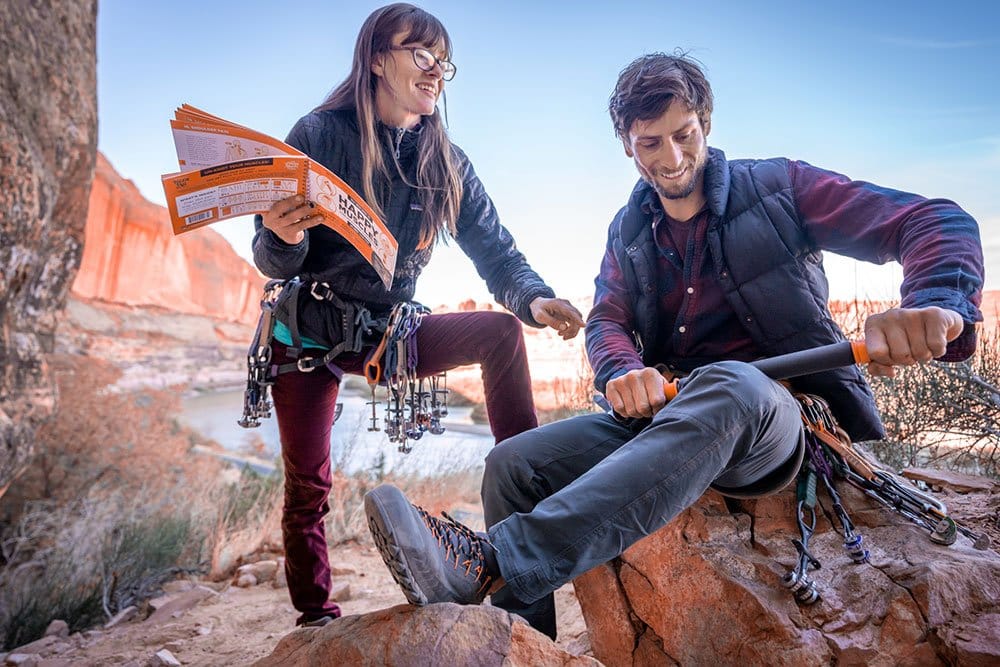
The quadriceps are the muscles located on the front of the thigh. There are four different muscles that make up this muscle group. These muscles allow for hip flexion and straightening or extending the knee. Muscle knots in these muscles can cause pain in all areas of the knee and within the belly of each quadriceps muscle. Muscle knots in the outside of the quadriceps muscle can mimic IT Band pain and pain on the outside of the knee. Muscle knots in the middle quadriceps muscle can cause pain in the front of the thigh and around the knee cap. Muscle knots in the inner quadriceps muscle can cause pain in the inside of the thigh and the inside of the knee.
Muscle knots in the quadriceps, which consist of tight and contracted muscles, are indicated below by a black dot. The red area in the illustrations indicates “referred pain” – meaning, the pain you feel is often not in the location of your trigger point until you press on it. As an example, you may have pain around your kneecap, but the trigger point may actually be in the middle quadriceps muscle. For a comprehensive look at more than 260 different pain map illustrations throughout the body, you may want to purchase the Tiger Tail Self-Help Guide to HAPPY MUSCLES.
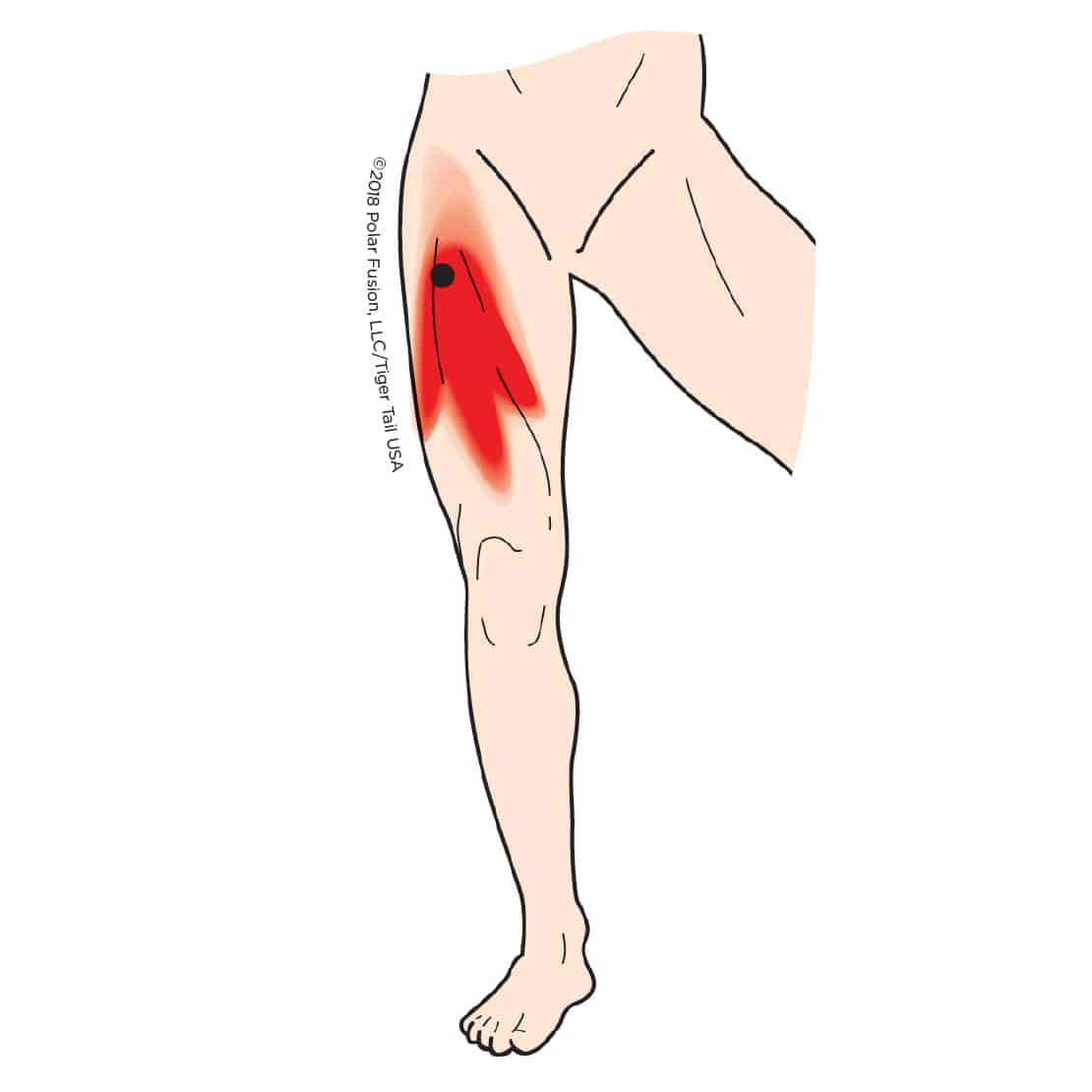
Over-exercising can create muscle knots in the Vastus Intermedius, part of the quadriceps muscle group which runs down the front of the thigh.
Common Conditions Relating to Quad Pain:
- Buckling
- Pain climbing stairs
- Aching thighs
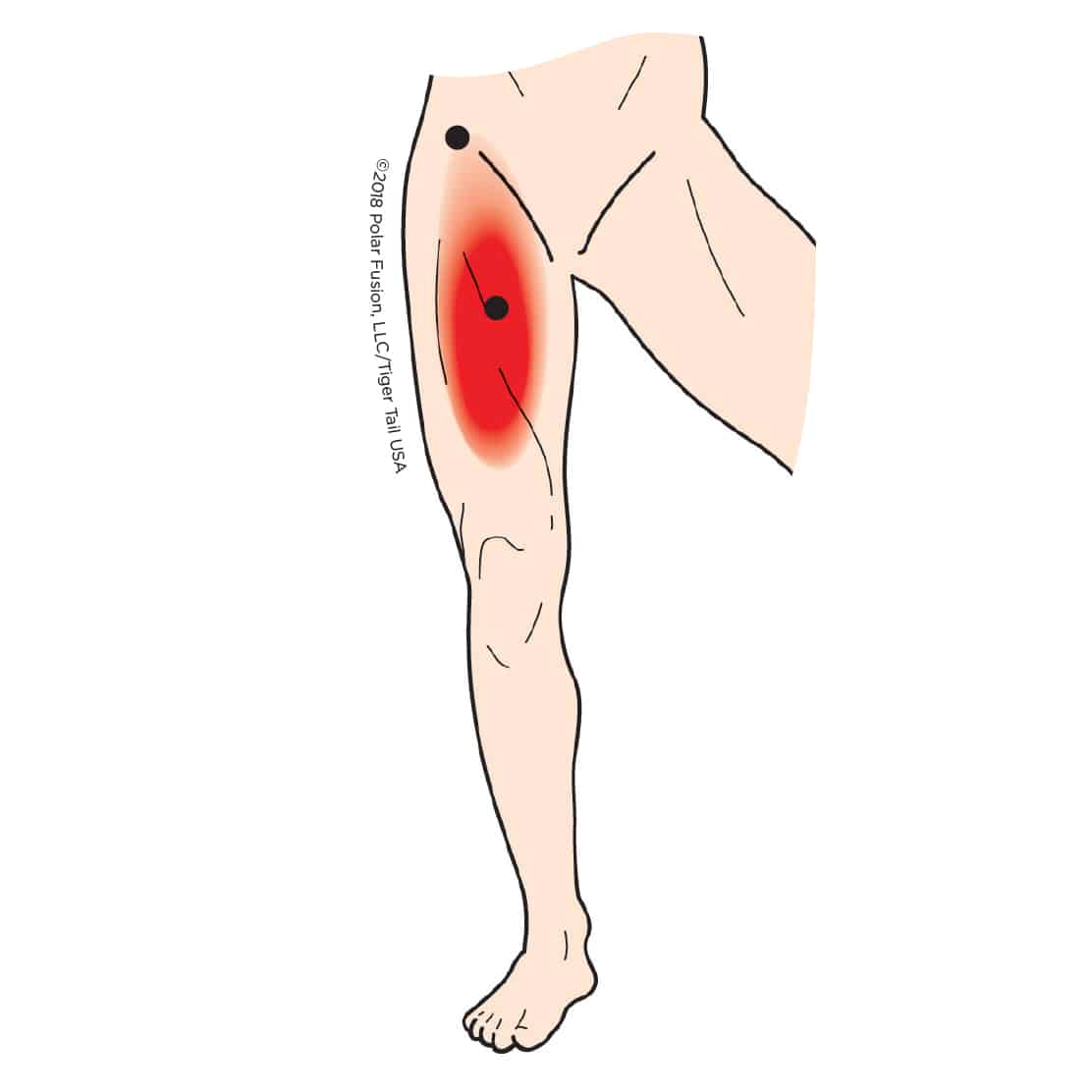
The Iliopsoas muscle can cause back and thigh pain if it is overly tight or harbors trigger points.
Tips for Happier Muscles:
- Locate the muscle knot by applying pressure to the area causing pain. A muscle knot can be actively painful, or you might not even know it exists until you put pressure on it.
- Rub the muscle knot to allow blood and oxygen to circulate freely to that muscle area.
- Find the right pressure. When you press on a muscle knot with just the “right amount of pressure”, it can make you laugh and cry at the same time because it can “hurt so good”. Pressing too hard, however, it can make you cry for mercy!
- If you gently rub the muscle knot you may feel tenderness in both the muscle and the muscle knot. Sometimes, the referred pain symptoms are able to be reproduced when pressure is applied to the muscle knot.

